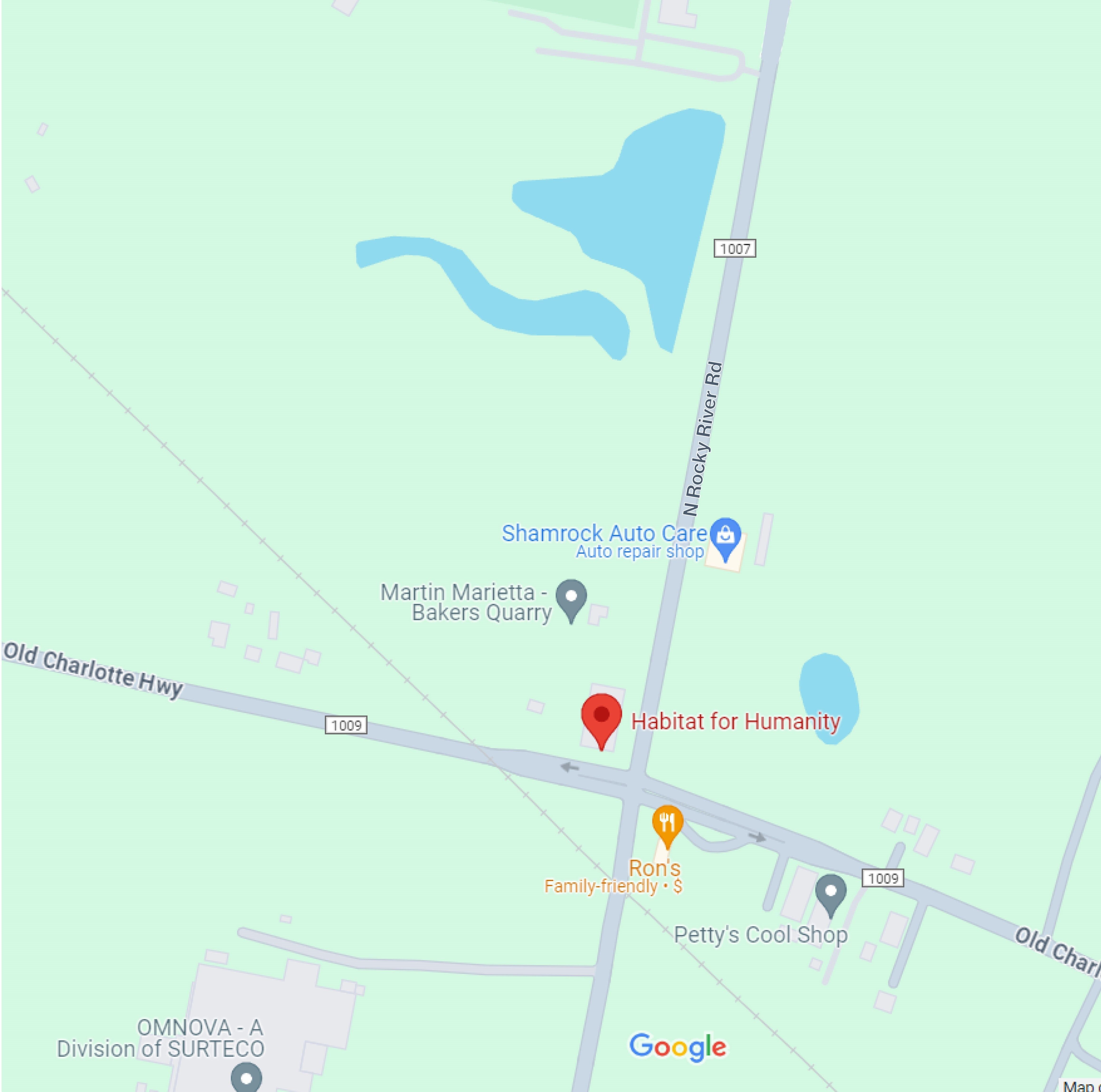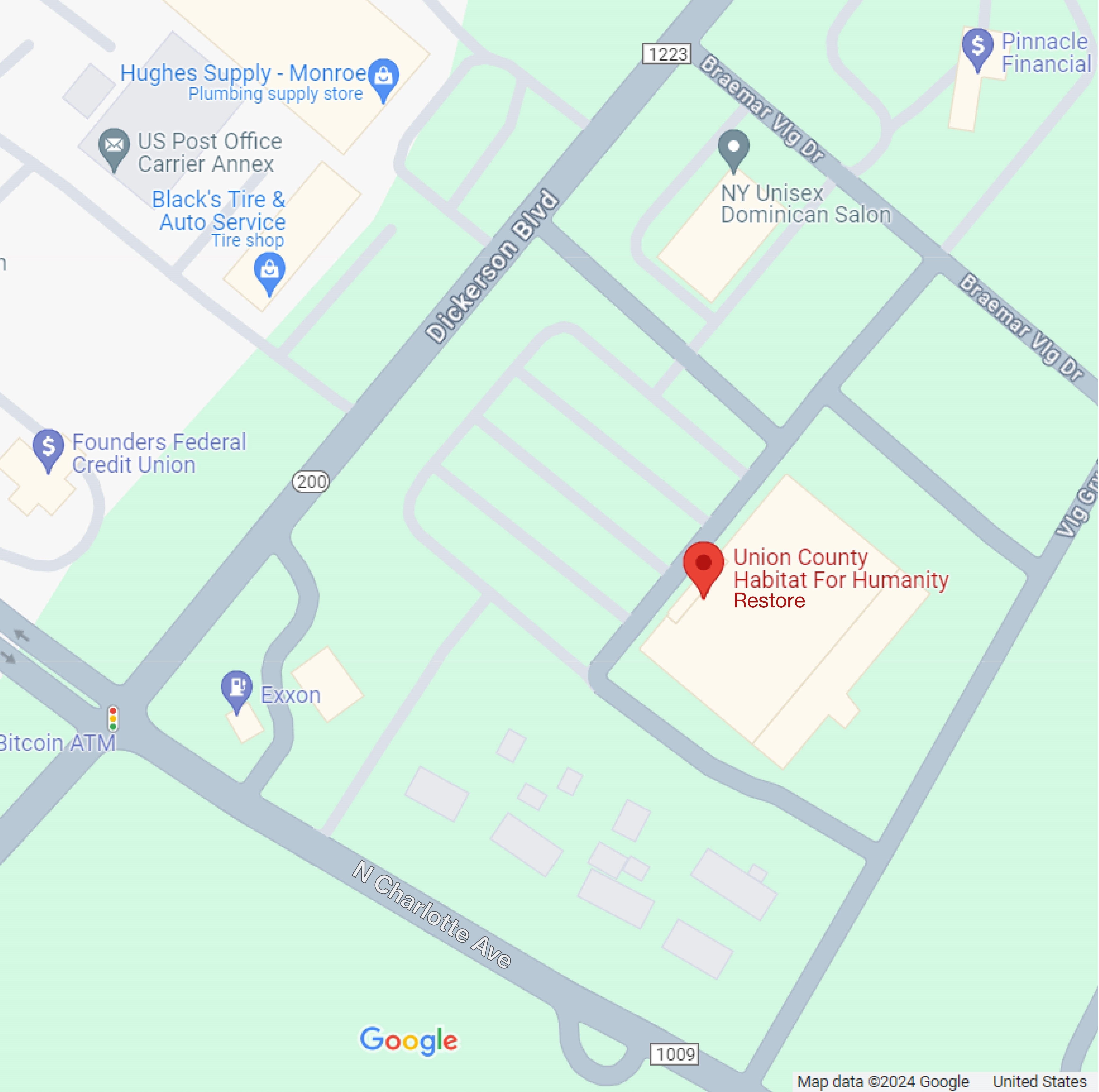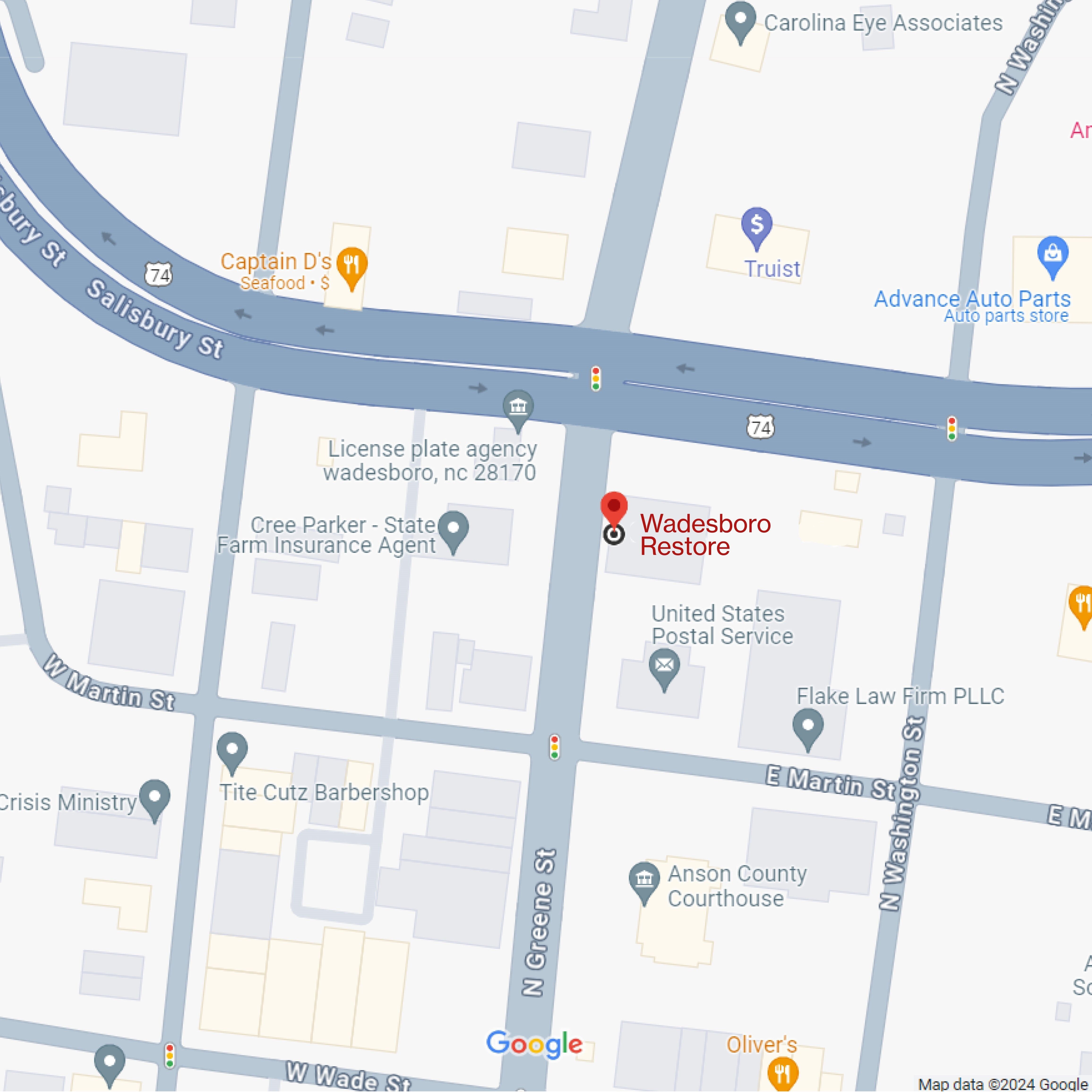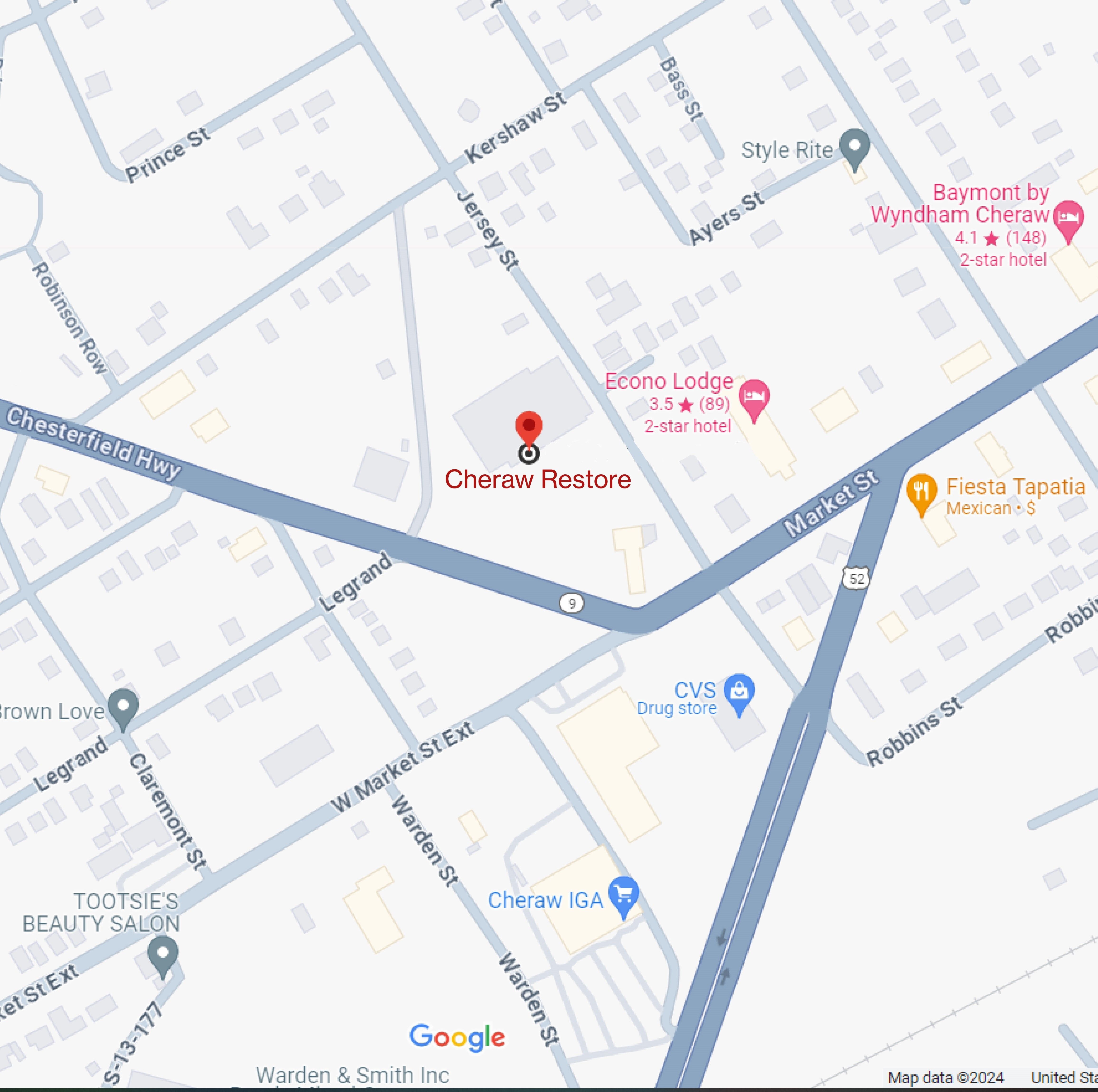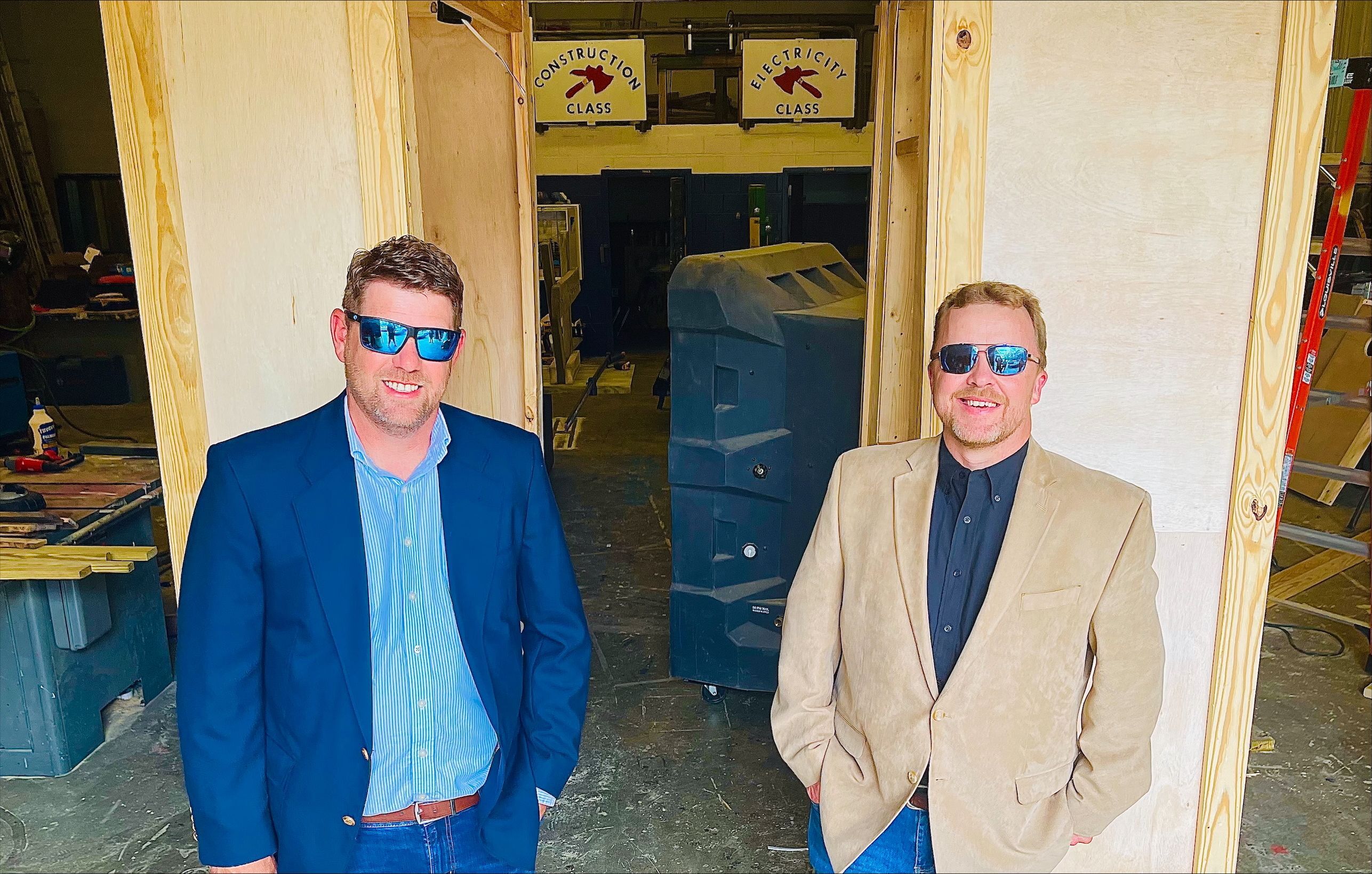
This blog post about Cheraw High School and their CTE program is dedicated to Demondre Johnson. All the good feelings you had behind building a house—don’t ever let them go.
At Cheraw High School in Chesterfield, South Carolina, two dedicated educators—Andy Smith, an electricity instructor, and Graham Harpe, a building and construction teacher—are equipping students with real-world skills by partnering with Union-Anson County Habitat for Humanity. Their vision? To give students hands-on experience in home construction while making a tangible difference in their own community.
Building a Partnership with Habitat
Andy Smith first reached out to Habitat for Humanity when he heard about upcoming builds in Cheraw. His goal was simple: create an opportunity for students to get involved. “At first, I just wanted them to visit the site,” Smith recalls. “But it’s grown into something so much bigger. Now, they’re actively helping build a house, which is an incredible learning experience.”
Graham Harpe was immediately on board. “The best way to learn is by doing,” he says. “Seeing the students start from nothing and build a house from the ground up—that’s an experience they’ll carry with them for life.”
Introducing Students to Real-World Learning
The partnership took shape when Jonathan Bost (JB), the Construction Manager at Union-Anson County Habitat for Humanity, visited Cheraw High School to introduce the students to the home-building process. “He brought house plans, walked them through blueprint reading, and even had them do a cost analysis,” Smith explains. “The students loved it.”
Harpe agrees with Smith and emphasizes the value of this hands-on introduction. The cost analysis project was another practical activity that really engaged the students. It is important to break down the project into manageable steps. “Habitat did a great job explaining every phase—site preparation, foundation, framing—so when the students got to the build site, they already understood what they were working on.”
Over three semesters, approximately 150 students have participated in this program, gaining invaluable hands-on experience.
Key Lessons Learned on the Job
Beyond construction techniques, Smith and Harpe have seen their students develop essential life skills:
- Employability – “They’ve learned that if they commit to something, they can see it through,” says Smith.
- Teamwork and Communication – “They’re learning to work together, solve problems, and take pride in their work,” adds Harpe.
- Integrity and Work Ethic – “They want to do a good job, and that motivation carries over into other areas of their lives.”
The Importance of Career and Technical Education (CTE)
CTE is a growing industry that we must prepare students for, especially when opportunities exist right in their hometown. Students learning trade skills today can make a lasting impact where they live—strengthening their own communities while building careers.
A recent report from the American Institutes for Research, New Report Finds Positive Effects of Career and Technical Education on High School Student Achievement, College Readiness, and Postsecondary Employment (May 14, 2024), highlights the impact of CTE programs:
- CTE has statistically significant positive impacts on students’ academic achievement, high school completion, employability skills, and college readiness.
- Students who take CTE are more likely to enroll in two-year colleges compared to those who do not take CTE. However, no differences were found for enrollment in four-year colleges.
- Students who complete CTE courses are more likely to be employed after high school than those who did not.
- CTE participation does not negatively impact student discipline, attendance, or earnings compared to non-CTE students.
This data reinforces why programs like the one at Cheraw High School are essential. Students are gaining marketable skills, preparing for employment, and learning how to contribute to their local economy—all while still in high school.
Bridging Classroom Learning with Hands-On Work
The experience has also reinforced classroom lessons. “We discuss building codes, smoke detectors, and safety measures in class,” says Smith. “Then, when we get to the site, they see why those codes matter and how to apply them.”
Harpe has even adapted his teaching approach based on the experience. “Now, I want to create a lesson plan before each visit, so students arrive prepared with the right knowledge. That way, they get the most out of their time on-site.”
Overcoming Challenges
Like any major project, there have been obstacles along the way:
- Class Size and Engagement – “Not every student is passionate about construction, so we find ways to involve them—whether it’s cleaning up the site or handling small tasks,” says Harpe.
- Transportation Issues – Smith is tackling this head-on by working toward obtaining his CDL to help transport students. “It’s all about making sure they have access to these opportunities,” he says.
A Lasting Impact
Smith and Harpe are already seeing their students take pride in their work. “We recently started a work-based learning program,” says Smith. “One student is set to begin in March 2025.”
Their long-term vision? “I’d love to see our students complete an entire Habitat subdivision,” Smith says. “We’re committed, and we have the full support of our administration and school board.”
A Principal’s Perspective
Cheraw High School Principal Harold Palmera shares their enthusiasm:
“I am so happy with our partnership with Union-Anson County Habitat for Humanity. We have two teachers who work in perfect sync, and the impact on the community is incredible. From an educational standpoint to the service these students provide, it’s a win-win. I look forward to seeing this program grow.”
Advice for Other Educators
For teachers looking to launch similar programs, Smith and Harpe offer these tips:
- Plan ahead – Know what you’ll cover each day.
- Have materials ready – Arriving unprepared can disrupt the learning process.
- Check the weather – Conditions can impact the build.
- Pair students strategically – Match them based on skills and interests.
- Dedicate enough time – Longer work sessions allow students to be more productive.
Looking Ahead
With each new build, Smith and Harpe are not just constructing houses—they’re building a foundation for students' futures. Their commitment to hands-on learning is shaping the next generation of skilled workers, problem-solvers, and community leaders.
Union-Anson County Habitat for Humanity is proud to celebrate these outstanding educators and the students who are making a difference—one home at a time.
Union-Anson County Habitat for Humanity will host its flagship career summit, entitled NEXTUP in Construction. This will be an opportunity for rising high school graduates to explore various career fields in the construction industry from leading local and national companies. From start to finish, this event will set those who are interested in entering the construction industry on a path toward professional success!

